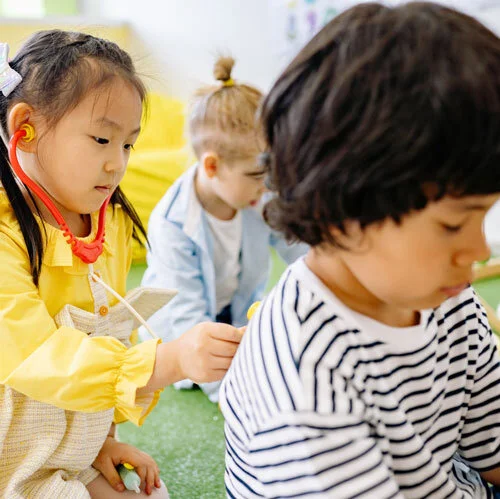Many students and educators who adapted to distance learning programs due to COVID-19 are now looking at returning to in-person instruction for the 2021-22 school year.
However, several complications have appeared due to distance learning, such as learning loss, stress, and anxiety. Through improved self-awareness strategies, also known as mindfulness, students and educators can begin to tackle the pandemic stressors weighing heavily on the minds of many.
In this blog post, Mindfulness Strategies discusses how mindfulness could play an essential role in the post-pandemic classroom.
Reentering an In-Person Classroom
As of late July 2021, about 50 percent of the U.S. population has been fully vaccinated. But it's critical to note that children 12 and under are still not eligible for the vaccine. For this reason, it's vital that they still follow precautions.
Despite the Delta variant spreading, just about every state is fully reopened. Further, most schools are planning on classroom learning this fall. But while the nation bounces back, the trials of the pandemic have left a lasting impression on students and educators.
There are lingering health concerns and anxiety about what this upcoming year will look like. When it comes to reentering an in-person classroom, the Center for Disease Control (CDC) suggests that both students and educators adhere to the following guidelines:
Use of masks when necessary / if desired
Physical distancing
Handwashing and respiratory etiquette
Cleaning and maintaining healthy facilities
Contact tracing in combination with isolation and quarantine
Among children who attended online classes are the many students who experienced learning loss, also known as setbacks in their academic progress. While some students have managed to adjust to remote learning, others have had a more difficult time due to technical difficulties and financial limitations, among other factors. What's more, many students are experiencing anxiety regarding their academic standing and lack of social interaction when returning to school.
Regarding appointments with students, Celeste Birkhofer, a clinical psychologist at Stanford Medical School, has stated that patient referrals have increased from three a month to twice a week since the onset of the pandemic. Whether it belongs to educators or students, the prevalence of anxiety heavily suggests that mindfulness strategies have a place in the post-pandemic classroom.
What Mindfulness Looks Like in Education
Boston Charter Research Collaborative (BCRC) researchers—in partnership with researchers at the Center for Education Policy Research at Harvard University (CEPR), the Massachusetts Institute of Technology (MIT), and Transforming Education (TransformEd)—conducted a study to determine if students experienced any benefit from their educators implementing mindfulness activities throughout the school day.
The 2019 study, which surveyed over 2,000 students grades 5-8 using the Mindfulness Attention Awareness Scale (MAAS), revealed that “higher levels of mindfulness were associated with better grades, higher standardized test scores in math and English language arts, better attendance, and fewer suspensions.” The study’s findings were then compared to students’ success or lack thereof in previous grade levels, which showed that mindfulness activities improved student performance.
Educators will have to determine which mindfulness strategies work best for their classrooms. To get started, some activities that should be considered include:
Five Senses Exercise
Yoga for Kids
Making Mindful Observations
Breathing Exercises
Nature Walks
Body Scans
Guided Meditation
Pinwheel Breathing
Coloring
Painting
Expressing Gratitude
“Monkey See, Monkey Do”
“Red Light, Green Light”
Social-Emotional Education
Social and emotional learning (SEL), also known as social-emotional education, is “the process of developing the self-awareness, self-control, and interpersonal skills that are vital for school, work, and life success.” Because this type of education relies heavily on empathy and self-awareness, it can be integrated with mindfulness strategies.
Working in tandem with one another, students learn to acknowledge their individual needs while applying what they have learned to a myriad of social situations. While mindfulness may help an individual, social and emotional learning focuses more on improving team-building skills and other group dynamics.
Social and emotional learning is composed of five core competence areas, known as:
Self-awareness: recognizing one’s emotions and values
Self-management: regulating one’s behaviors
Social awareness: understanding others’ perspectives
Relationship skills: establish and maintain one’s relationships
Responsible decision-making: making choices regarding one’s behavior and social interactions
Not only does social and emotional learning provide benefits similar to those that come with practicing mindfulness, but it also has a hand in fostering healthy relationships and communities. Options For Youth concurs, stating that engaging in social and emotional learning results in academic success, fewer behavioral problems, less emotional distress, and positive social behavior. And, like mindfulness, social and emotional education can be taught to both children and adults, and it is particularly effective in classrooms.
Practicing Mindfulness
If you are interested in integrating mindfulness and social and emotional learning into the school day post-pandemic, you’ve come to the right place. Mindfulness Strategies offer a number of mindfulness programs to help businesses, schools, and other nonprofits reach their goals. To learn more about how we can help your students and employees, contact us today.




